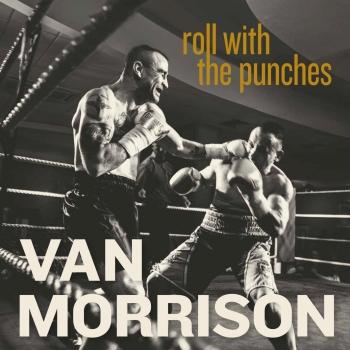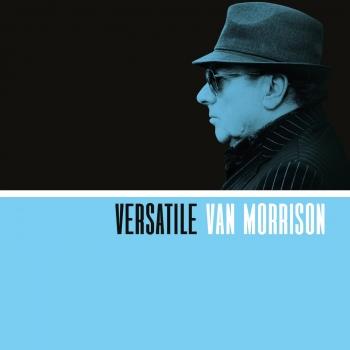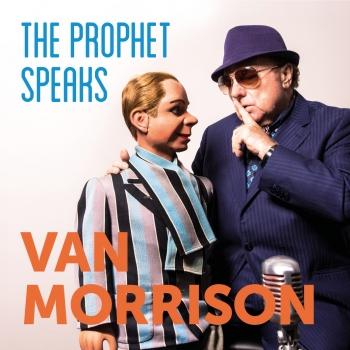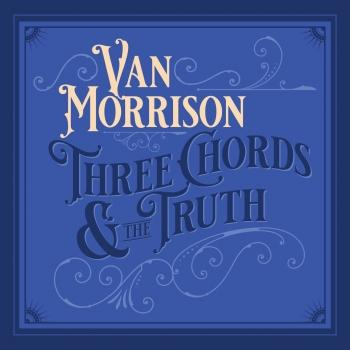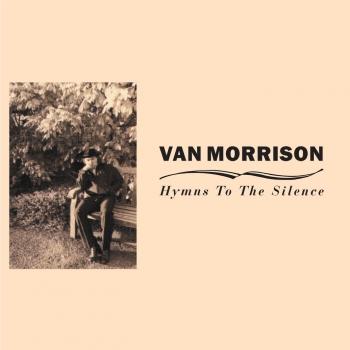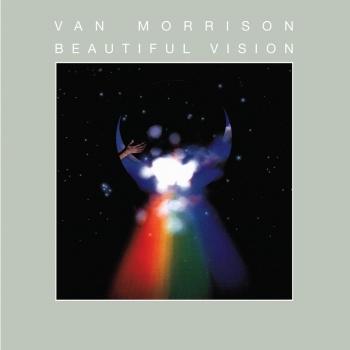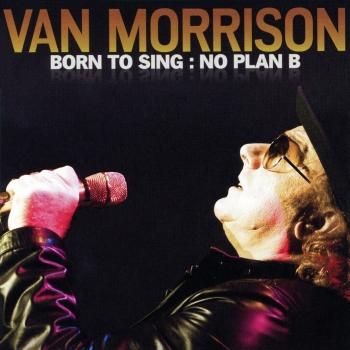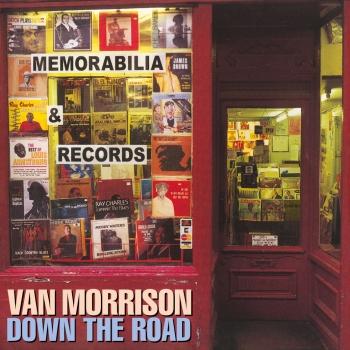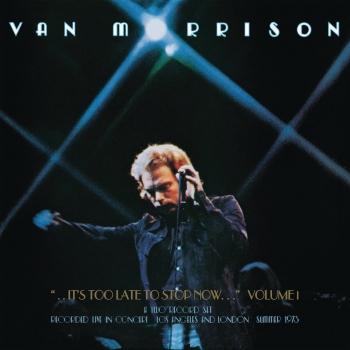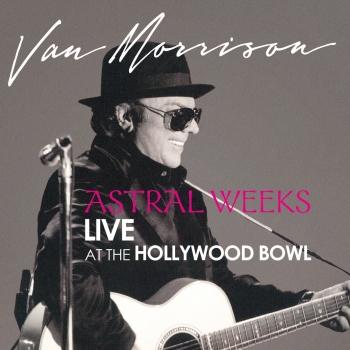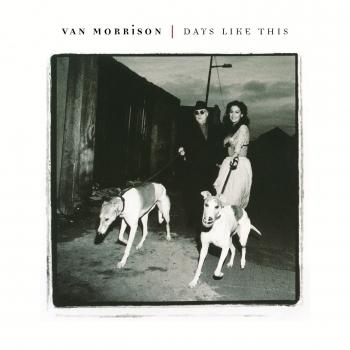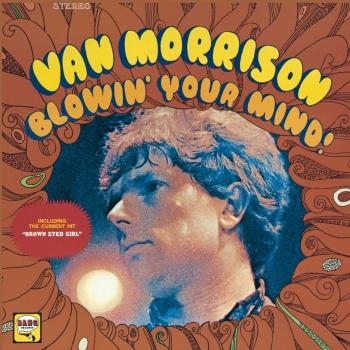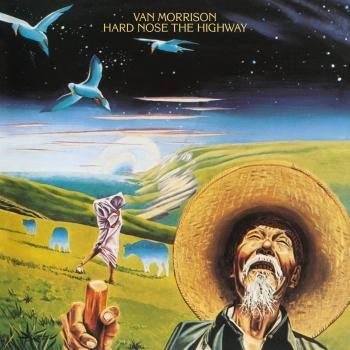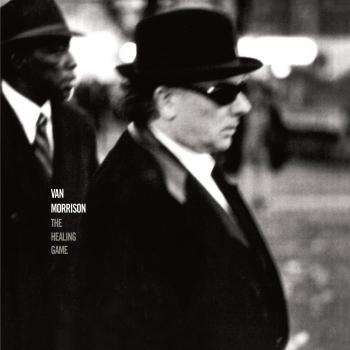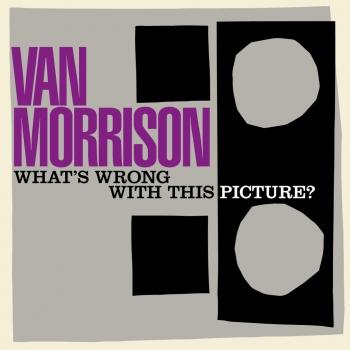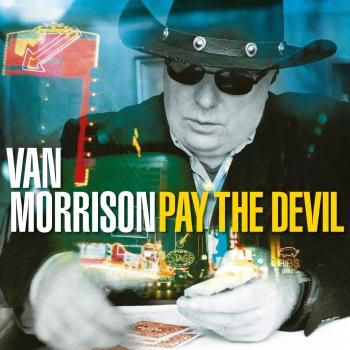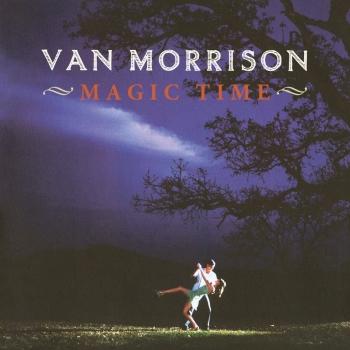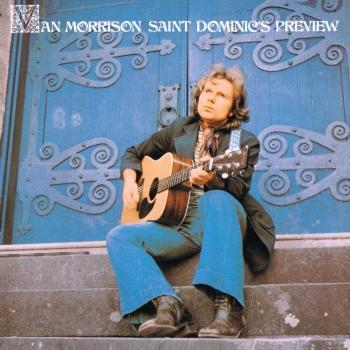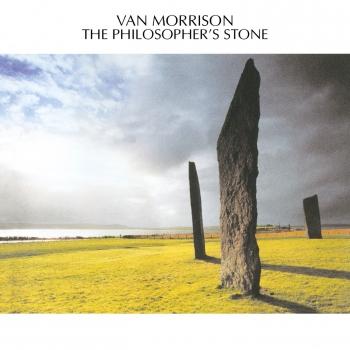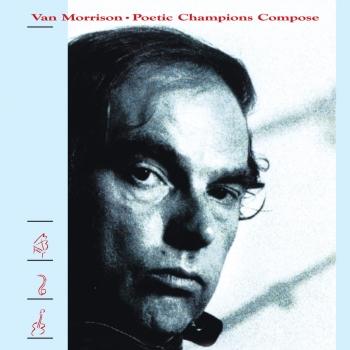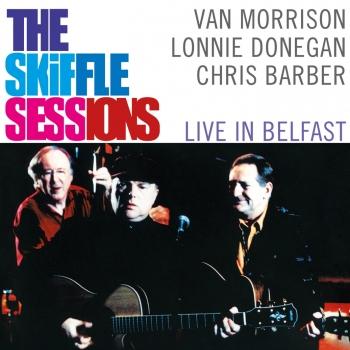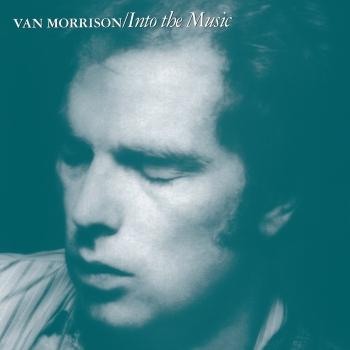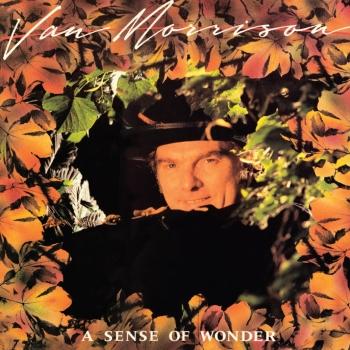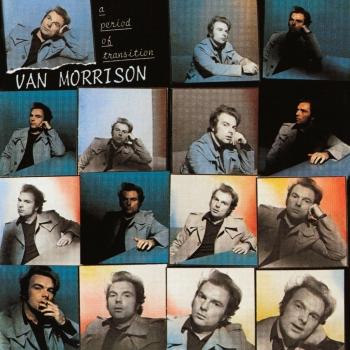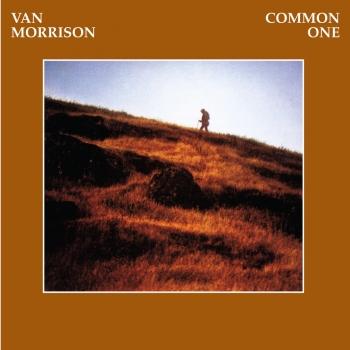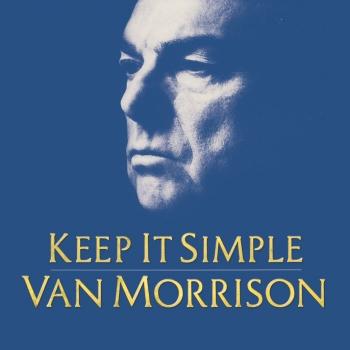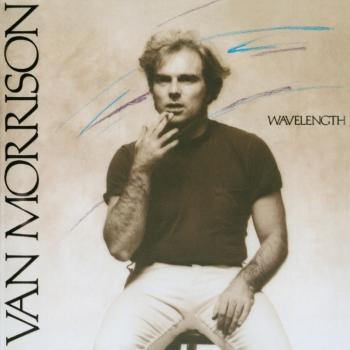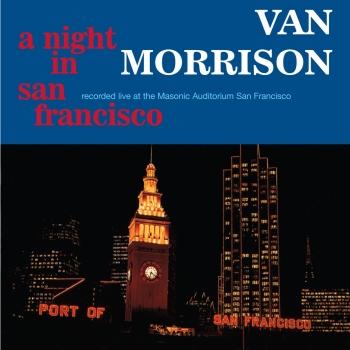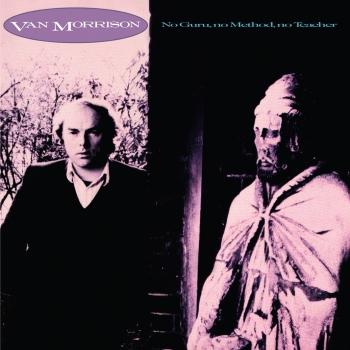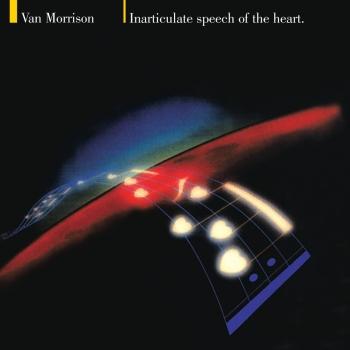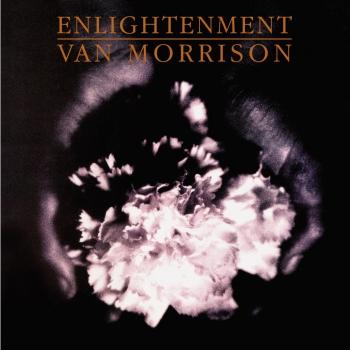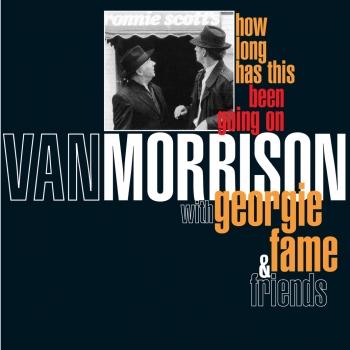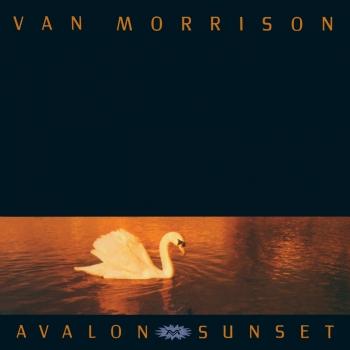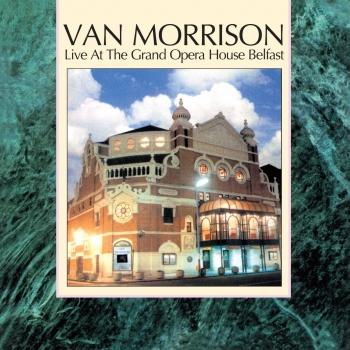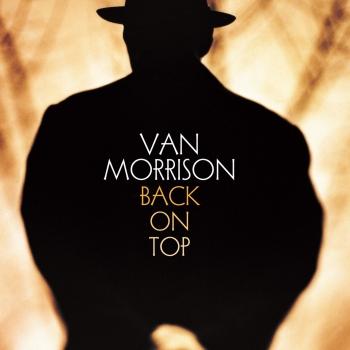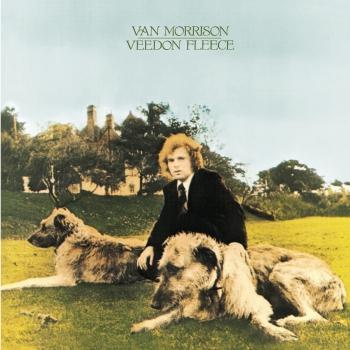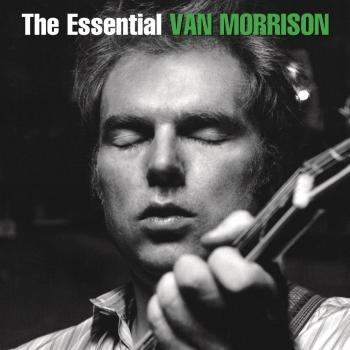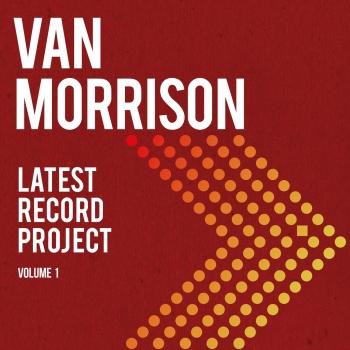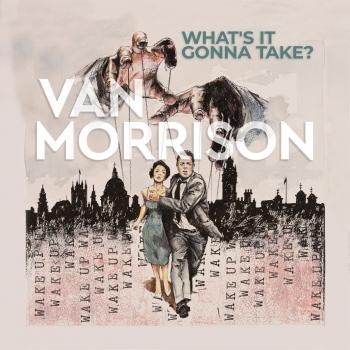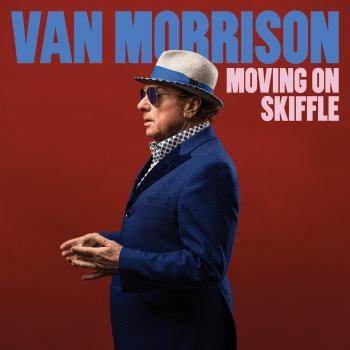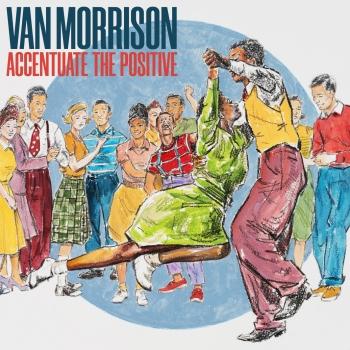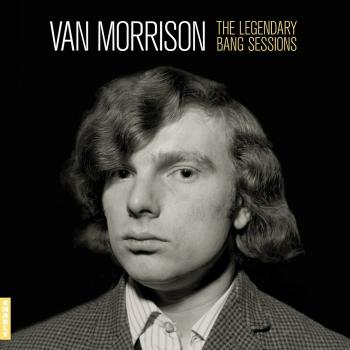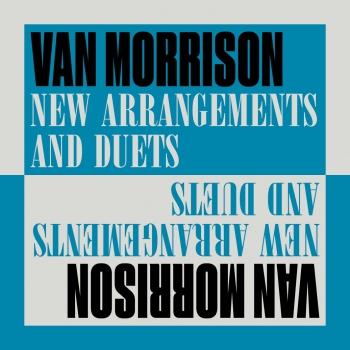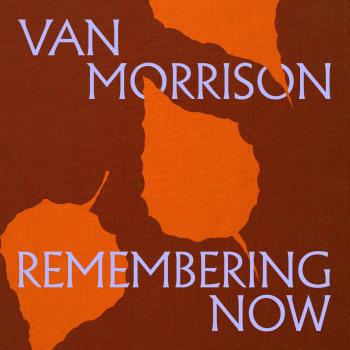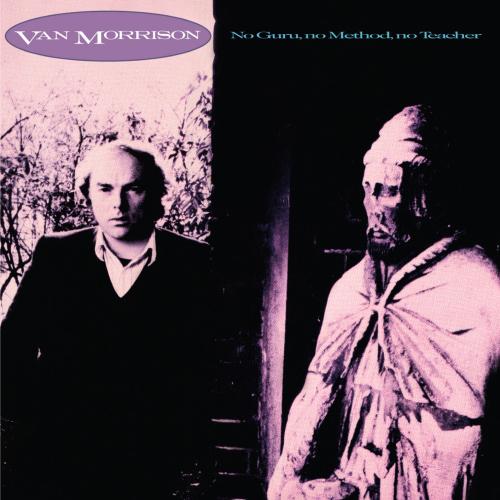
No Guru, No Method, No Teacher (Remastered) Van Morrison
Album Info
Album Veröffentlichung:
1986
HRA-Veröffentlichung:
26.02.2020
Das Album enthält Albumcover
Entschuldigen Sie bitte!
Sehr geehrter HIGHRESAUDIO Besucher,
leider kann das Album zurzeit aufgrund von Länder- und Lizenzbeschränkungen nicht gekauft werden oder uns liegt der offizielle Veröffentlichungstermin für Ihr Land noch nicht vor. Wir aktualisieren unsere Veröffentlichungstermine ein- bis zweimal die Woche. Bitte schauen Sie ab und zu mal wieder rein.
Wir empfehlen Ihnen das Album auf Ihre Merkliste zu setzen.
Wir bedanken uns für Ihr Verständnis und Ihre Geduld.
Ihr, HIGHRESAUDIO
- 1 Got to Go Back 05:00
- 2 Oh the Warm Feeling 03:20
- 3 Foreign Window 05:25
- 4 A Town Called Paradise 06:17
- 5 In the Garden 05:47
- 6 Tir Na Nog 07:18
- 7 Here Comes the Knight 03:44
- 8 Thanks for the Information 07:19
- 9 One Irish Rover 03:31
- 10 Ivory Tower 03:33
- 11 Oh the Warm Feeling (Alternative Take) 04:37
- 12 Lonely at the Top 04:15
Info zu No Guru, No Method, No Teacher (Remastered)
"No Guru, No Method, No Teacher" is the sixteenth studio album by Northern Irish singer-songwriter Van Morrison.
The album was recorded at Studio D and Record Plant Studios in Sausalito, California in 1985 with Jim Stern as engineer. The basic takes were recorded at Studio D with Chris Michie, Jef Labes, Babatunde Lea (credited as "Baba Trunde"), David Hayes and Morrison. Overdubs, guitar solos, strings and back-up vocals were added at the Record Plant with the masters taken to Townhouse Studios in London. Overdubs with Ritchie Buckley on saxophone, Martin Drover on trumpet and oboe played by Kate St. John were added in the London studio.
The album title is evocative of a 1966 quotation by Jiddu Krishnamurti: "...there is no teacher, no pupil; there is no leader; there is no guru; there is no Master, no Saviour. You yourself are the teacher and the pupil; you are the Master; you are the guru; you are the leader; you are everything."
"No Guru, No Method, No Teacher was Van Morrison's second studio album for Mercury, following A Sense of Wonder and Live at the Grand Opera House Belfast. Recorded at the height of his spiritual period, it is among the most empathic records in his career. Morrison's seeking of and obsession with "reclaiming the previous" is everywhere, beginning with the set's opener, "Got to Go Back." With a striking wide-open acoustic piano, accompanied by an oboe solo (by Kate St. John) twinned by Richie Buckley's soprano saxophone and an acoustic guitar, Morrison offers, in waltz tempo, these reflections: "When I was a young boy back in Orangefield/I used to look out my classroom window and dream/And then go home and listen to Ray sing/'I Believe to My Soul' after school/Oh that love that was within me/You know it carried me through/Well it lifted me up and it filled me/Got to go back/Got to go back/To the feeling." The album is consumptive in its focus on spiritual innocence as it struggles with notions of God and liberation from earthly constraints. That said, the struggle is visceral; he is immersed in the latter by the sheer physicality of his music even at its most ethereal. "Oh the Warm Feeling" underscores the notion of memory and lost innocence amid lovely oboe, acoustic guitar, organ, and vibes as Morrison sings in the past tense, juxtaposing it against the present. The Celtic soul that comes elegiacally forth from "Foreign Window" is among the album's finest tracks. Nakedly spiritual, Morrison's poetic lyrics addressed to an Other come out of a past that is simultaneously part of his eternal present in a love song; its multivalent textural and dynamic arrangement is gorgeous. This album is an extended meditation that reflects a willingness to stay inside the cloud of the soul's tensions as it seeks; the melodies are often mantra-like. "A Town Called Paradise," however, is the exception. It is a classic midtempo rocker that seems to come from as far back as Astral Weeks with its woven, pulsing layers of acoustic guitars, though punctuated by female backing vocals, tenor saxophone, and an electric solo guitar. Interestingly, there is a play on words here, called "Here Comes the Knight," which doesn't reference the earlier version he recorded with Them, and is elliptical in terms of its lyrics. There are some longer selections here as well, in the Celtic R&B of "Tir Na Nog"; the glorious "In the Garden" (a concert staple); and the righteous frustration in "Thanks for the Information," detailing the pitfalls of the spiritual path. Combined, these tunes make for a deeply satisfying album in the least and a major -- if provocative for casual fans -- Morrison work that hones a fine point on the songwriter's search for transformation and transcendence as part and parcel of the spiritual process, while making music in real time." (Thom Jurek, AMG)
Van Morrison, guitar, harmonica, vocals
Teressa "Terry" Adams, cello, string section leader on "Tir Na Nog"
Richie Buckley, tenor and soprano saxophones
Nadine Cox, harp on "Tir Na Nog"
Martin Drover, trumpet
Jef Labes, piano, synthesizer, string arrangement on "Tir Na Nog"
Chris Michie, guitar
John Platania, guitar
Rebecca Sebring, viola
Kate St. John, cor anglais, oboe
John Tenney, violin
Joseph Edelberg, violin
David Hayes, bass
Babatunde Lea, drums
June Boyce, backing vocals
Rosie Hunter, backing vocals
Bianca Thornton, backing vocals
Jeanie Tracy, backing vocals
Digitally remastered
Van Morrison
One of music’s true originals Van Morrison’s unique and inspirational musical legacy is rooted in postwar Belfast.
Born in 1945 Van heard his Shipyard worker father’s collection of blues, country and gospel early in life.
Feeding off musical greats such as Hank Williams, Jimmie Rodgers, Muddy Waters, Mahalia Jackson and Leadbelly he was a travelling musician at 13 and singing, playing guitar and sax, in several bands, before forming Them in 1964.
Making their name at Belfast’s Maritime Club Them soon established Van as a major force in the British R&B scene. Morrison’s matchless vocal and songwriting talents produced instant classics such as the much covered ‘Gloria’ and ‘Here Comes The Night’.
Those talents found full astonishing range in Van’s solo career.
After working with Them’s New York producer Bert Berns on beautiful Top 40 pop hit ‘Brown Eyed Girl’ (1967), Morrison moved to another realm.
Recorded over 3 days with legendary jazz musicians Astral Weeks (1968) is a still singular album combining street poetry, jazz improvisation, Celtic invocation and Afro Celtic Blues wailing.
Morrison would weave these and myriad other influences into the albums that followed in quick succession.
Reflecting on new life in America on the joyous Sinatra soul of Moondance (1970) and the country inflected Tupelo Honey (1971) he summoned old spiritual and ancestral life in the epic St Dominic’s Preview (1972) closer track Listen To The Lion.
Double live album Too Late To Stop Now (1973) highlighted Morrison’s superlative performing and bandleader skills. Mapping out a richly varied musical course throughout the 70s he shone among an all-star cast including Bob Dylan and Muddy Waters on The Band’s Last Waltz.
Indeed, borne of his Irish Showband instincts, the magic of the live performance has been a consistent feature of Morrison’s career.
Settling back into life in the UK in 1980 he released Common One an album centring on Summertime In England an extraordinary invocation of literary, sensual and spiritual pleasure the song would often become a thrilling improvised centrepiece to his live shows.
Steering his own course throughout the 80s on albums such as No Guru, No Method, No Teacher he claimed Celtic roots with The Chieftains on Irish Heartbeat. Teaming with Georgie Fame brought new impetus to his live show while Avalon Sunset saw him back in the album and single charts by the decades end.
Van Morrison continued to advance on his status as a game- changing artist through the 90s and into the 21st century.
Awards and accolades - a Brit, an OBE, an Ivor Novello, 6 Grammys, honourary doctorates from Queen’s University Belfast and the University of Ulster, entry into The Rock n Roll Hall of Fame and the French Ordres Des Artes Et Des Lettres - attested to the international reach of Van’s musical art.
Yet there was never any suggestion that Morrison, one of the most prolific recording artists and hardest working live performers of his era, would ever rest on his laurels.
Collaborations with, among others, John Lee Hooker, Ray Charles, Lonnie Donegan, Mose Allison and Tom Jones confirmed the breadth of his musical reach.
Morrison’s visionary songwriting and mastery of many genres continued to shine on albums celebrating and re-exploring his blues, jazz, skiffle and country roots.
The influence of the musical journey that began back in Post War Belfast stretches across the generations, and Morrison’s questing hunger insures that the journey itself continues.
Constantly reshaping his musical history in live performance, Morrison reclaimed Astral Weeks on 2009’s album Live At The Hollywood Bowl.
The subtitle of Van Morrison's latest album, Born to Sing: No Plan B, indicates the power that music still holds for this living legend. "No Plan B means this is not a rehearsal," says Morrison. "That’s the main thing—it’s not a hobby, it’s real, happening now, in real time."
With one of the most revered catalogues in music history and his unparalleled talents as composer, singer and performer Morrison’s past achievements loom large. But, as throughout his extraordinary career, how that past informs his future achievements and still stirs excitement and keen anticipation.
Dieses Album enthält kein Booklet









